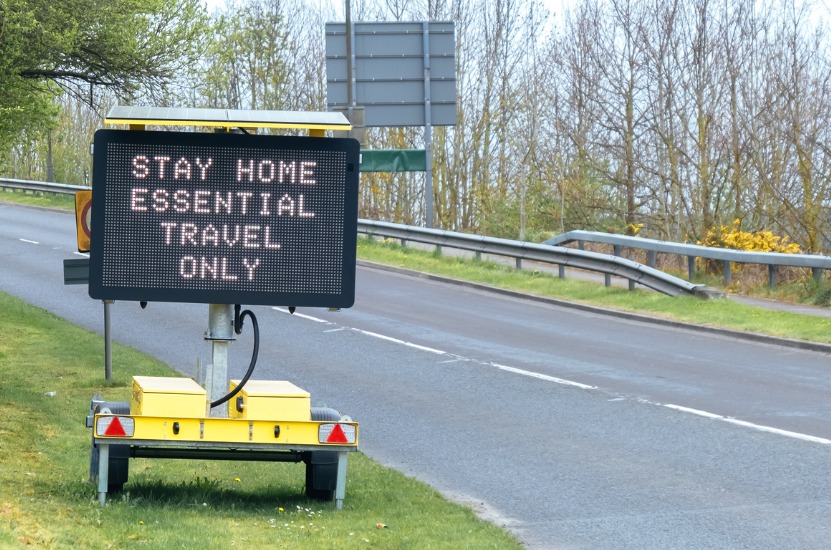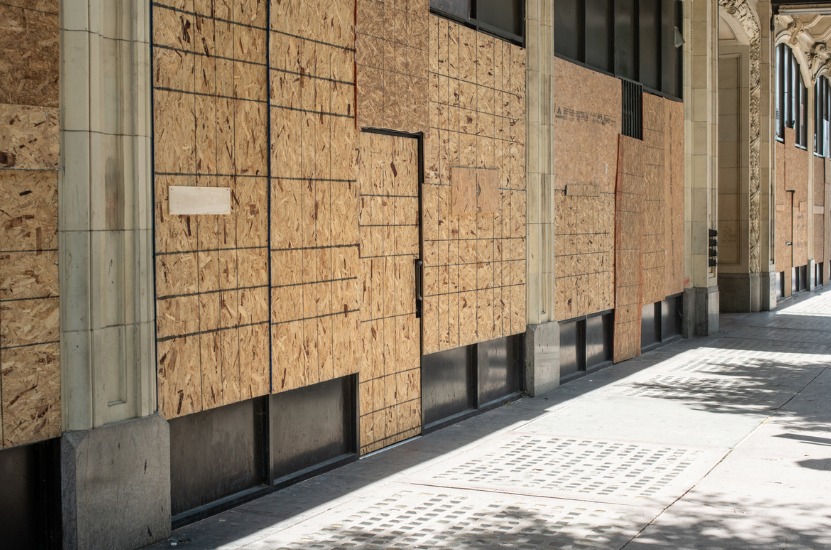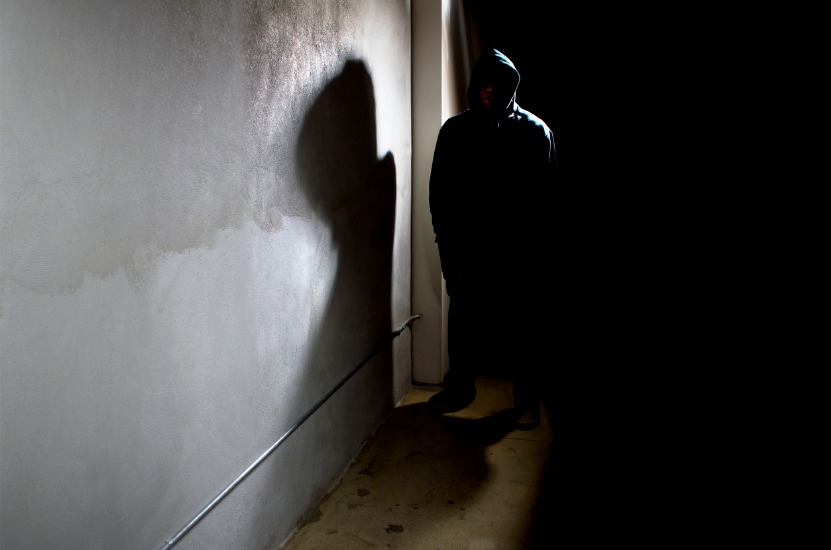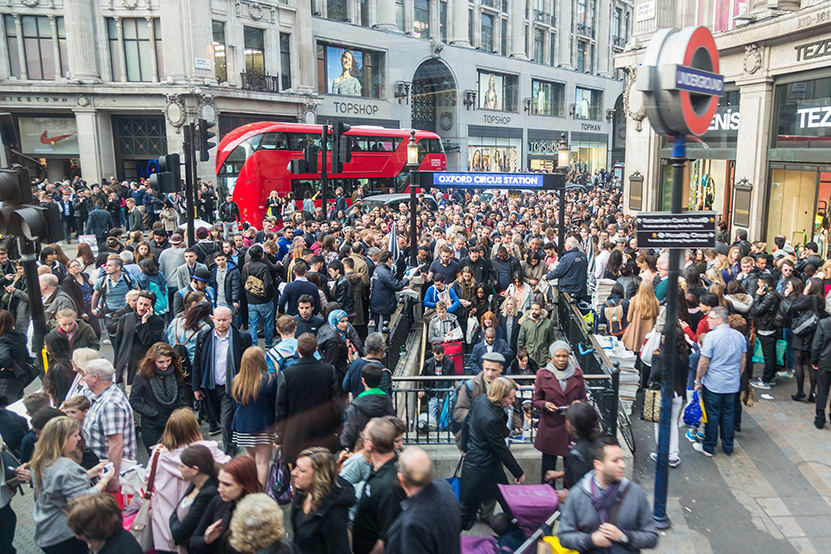Just as all of us have had to adapt to the changes that the COVID-19 pandemic forced upon us, so too have criminals, finding new ways to beat the system. Consequently, the security profession has also had to adapt to these unwanted changes, at times becoming more reactive than proactive.
Closed spaces, same risks
With many buildings, offices, warehouses and stores closed for long periods of time, the often-overlooked role and presence of security officers received a welcome lift to its profile.
Whilst most staff were at home, security personnel continued to protect assets and helped pick up the slack from stretched public services, who themselves were now taking on extra, new responsibilities.
Security operators were also key in preparing all relevant business spaces for reopening during this time, adhering to government, company and health and safety guidelines whilst simultaneously carrying out their usual loss prevention duties.
However, as we all know too well, criminals were also doing what they do best: looking for weaknesses in any company’s security system. Risk management now turned to businesses’ online vulnerabilities.
No time for planning
With retailers clambering to meet a disproportionate increase in customer demand as business and payments went digital, and at the same time trying to make up for lost profits, they also had to be highly vigilant to the lesser known risks of digital fraud.
Security and loss prevention departments now had to detect and counter these new threats at breakneck speed, whilst not being seen as a hindrance to a company’s urgent need to embrace online sales.
As always, security teams had to find ways to avoid loss and theft without affecting the company’s bottom line, and all of this without much guidance or intelligence to suggest the types of crimes to be expected, especially at first.
Furthermore, all of this had to be done without the normal planning to analyse trends and sales patterns ahead of time.
Digital headaches for retailers
As always, with each party trying to outsmart each other, loss prevention operatives had to become extremely versatile in order to react immediately to the new threats that the pandemic brought with it.
Protecting physical assets during lockdown became a priority in many businesses, whilst in retail, adapting to the nuances of digital fraud came to the forefront.
These included:
- Increases in digital fraud through higher online sales,
- Money laundering and the use of counterfeit banknotes on the return to physical store shopping,
- Higher risk of third-party logistics theft through increased customer deliveries,
- Fraud through customer returns (especially overseas),
- Difficulty to detect and resolve suspicious transactions (e.g. with staff accomplices).
As the industry continues to adapt to the changes in theft behaviour, and a generally more permanent digital presence and smaller physical stores, we must now also look at how we can replicate the deterrence factor of the security guard standing at the door, but in a digital, online world.
Where theft and risks exist, we must be there, prepared to prevent. The challenges continue, and analysis and adaptability will be our key allies.












